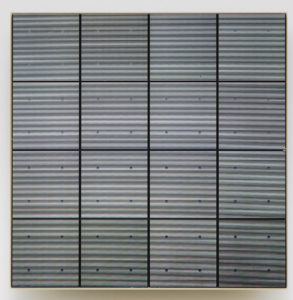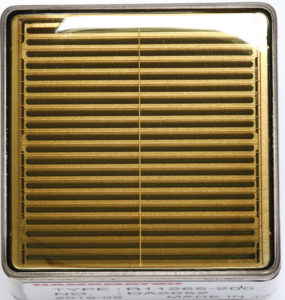Detector Development
Since its discovery, the subatomic world of particles unveils the most intimate features of our reality. By studying the properties of particles, the universe messengers, scientists could study the burning mechanism of stars, the dynamic expansion of the universe, the existence of catastrophic astrophysical events believed to be the origin of diverse variety of elements we find on our planet.
Translating the energy released by a particle interaction with the standard matter, it is in general a challenging task: experimental particle physicists spend their life improving existing technique or developing new ones.
The NYUAD astro-particle laboratory, since its origins, developed and created new standards for particle detection, instrumental to a diverse range of applications: Dark Matter search, Terrestrial Gamma Ray Flashes, background measurements in harsh environment, Cultural Heritage, Tracking systems for cosmic rays and X-/Gamma-ray high precision spectroscopy (few keV up to several MeV energy range).
Physicists developed several recipes to be able to detect particles: the general approach consists in using a target that will act as interaction medium and energy converter, a sensor capable to readout the target output and a readout electronics.
For example in order to detect gamma-rays, the typical target choice falls to scintillating crystals: typically high density materials emitting scintillation light in a wavelength range in which a photosensor is sensitive. The task of the photosensor is to convert the collected light, whose intensity is proportional to the energy released in the interaction, into an electrical pulse. Typically, the signal charge is proportional to the number of photons detected. A readout electronics is a device that is able to collect the electrical pulse and make it available for the data acquisition.

The S13361-6050AE-04 MPPC manufactured by Hamamatsu and being used in several application at the NYUAD Astroparticle laboratory.

The R11265-200 PMT manufactured by Hamamatsu. This device is being used in the LIGHT-1 payload.
Photosensors and Readout
Measuring scintillation light as consequence of a particle interaction with matter is the key to unveil the most intimate natural processes occurring at subatomic level. At the NYUAD astro-particle laboratory we master various light detection techniques, with particular interest at lowest light intensity (at few or single photon), often operated at extreme conditions (High Vacuum, Space or in extreme environment, such as at Cryogenic temperatures or outdoor).
The astro-particle laboratory main expertise lies in the operation of Silicon Photomultipliers (SiPM), Multi-Pixel Photon Counters (MPPC) and photomultiplier Tubes (PMT) coupled to scintillating materials.